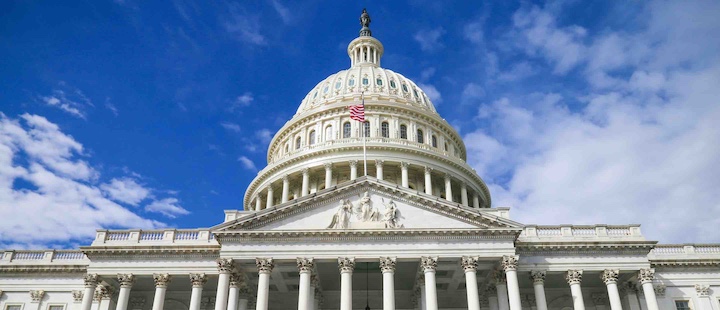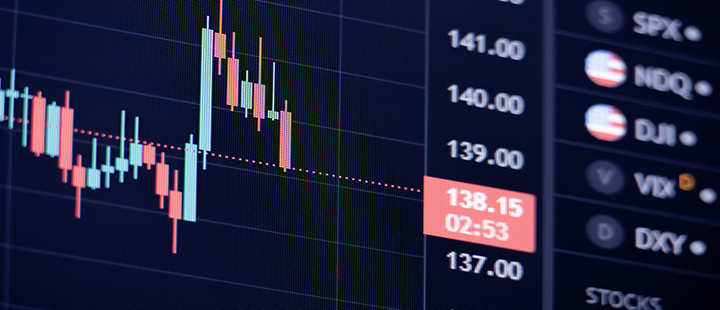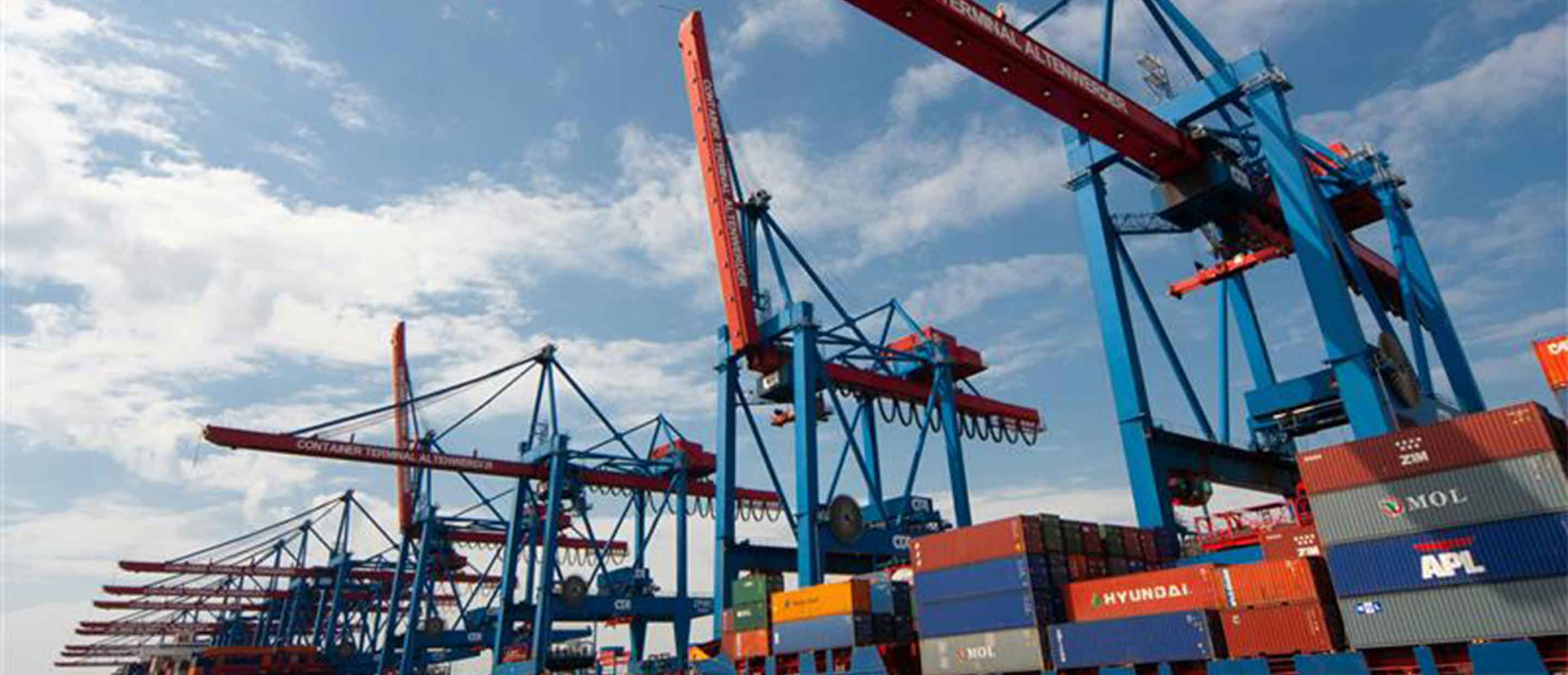Key takeaways:
- The emergence of DeepSeek, through bringing into question the need for huge AI capex, has prompted a sharp market reaction in tech and related sectors.
- However, AI competition and potential technological advances are welcome from a growth, productivity & efficiency point of view.
- Tech valuation concerns need to be taken seriously, but tech’s continued secular earnings power warrants elevated multiples.
- We would maintain a barbell approach of combining mega caps & small caps. Financials may be an attractive addition to positions in growth sectors.
What happened?
On January 20, DeepSeek, an AI spin-off from a local Chinese hedge fund, launched a free AI assistant app. By yesterday, it had overtaken other well-known AI assistants in the number of smartphone app downloads. With its growing traction, the underlying details of its development gained attention as well.
According to a technical document released by DeepSeek, training the model took only two months at a cost of less than USD6bn, using GPU (graphics processing units) with reduced capability that have been developed to meet U.S. sanctions on Chinese companies. This would mean that AI development is achievable with less sophisticated hardware, less processing power, lower power consumption and a faster time-to-market than needed by current market leaders. This has prompted markets to reconsider the necessity and efficiency of very large investments into AI and the high valuations attached to the companies active in this space.
However, there are discussions ongoing among analysts as to whether DeepSeek might in fact have access to more advanced processing capabilities and whether the real costs of the AI are higher as contributing factors beyond pure processing costs, e.g. from power demand, prior model training, optimization etc have not been fully factored in.
One of DeepSeek’s competitive advantages appears to be a technique called “distillation”, by which larger models can be distilled into smaller models, resulting in less need for processing capacity (given smaller applications) and better performance. In contrast to the market-leading Generative AI proprietary models, DeepSeek offers its model as an open-source model, and the code is available under a general MIT open-source license. Therefore, users and adopters should be able to review and customize the code and derive models according to their needs, at least to a certain extent (malicious intentions are explicitly excluded).
What does it mean for investors?
The emergence of DeepSeek came at a time when the news flow around AI had been dominated by huge private sector investments into AI, as announced by U.S. President Trump last week. The general nervousness surrounding the Q4 2024 earnings reports of the big tech names this week therefore spilled over into a sharp market reaction. As the markets called into question the fundamental need for huge AI capex by the tech companies, the tech-heavy Nasdaq-100 lost 2.97% yesterday and the famous Magnificent Seven bloc was down 2.72%. Semiconductor names including prominent AI chip producers were hit particularly hard, as demand for their products came under scrutiny with the Philadelphia Stock Exchange Semiconductor Index dropping 9.15%.
Industrial and energy companies on both side of the Atlantic also came under pressure as markets re-evaluated their expectations around increases in data centre capacity, equipment and the associated energy demand. Consequently, U.S. and European industrials were dragged down yesterday by 1.32% and 2.18%, respectively. Energy sectors in the two regions were down 0.74% and 2.38%, respectively. Utilities also slumped significantly.
During such an extreme market reaction, financials and luxury names managed to hold strong yesterday with global financials (MSCI World Financials Index) returning 0.61% while global luxury (S&P Global Luxury Index) increased by 0.57%.
The emergence of DeepSeek has several longer-term consequences.
Most notably, the developers’ claim that DeepSeek does not require leading edge hardware challenges the earnings outlook for AI chipmakers and infrastructure companies, which have been the largest beneficiaries of the AI boom so far.
Blackstone estimated last year that USD2tn could be invested into new AI data centres over the next five years globally, of which USD1tn would be in the U.S. A significant share of these investments were announced by the four leading hyperscalers (companies that operate large global networks of data centres and offer a variety of IT services) which have invested a total of USD200bn in AI data centres last year.
Now the market questions whether a) past investments were efficient b) anticipated future investments will materialize and c) whether AI chipmakers can maintain their very large profit margins amidst potentially declining demand.
In an immediate reaction, investors punished AI hardware stocks the most, followed by hyperscalers, whereas some AI adopters in fact saw their share price rise, on the assumption that they would benefit from the availability of cheaper AI models.
We think that the sound performance of AI adopters and AI enablers has room to run. However, we expect elevated volatility as market participants reevaluate the longer-term earnings potential of companies in the AI value chain. This may take weeks or even months as analysts readjust their earnings projections.
Against the background of falling stock prices, it may be worth looking at the fundamentals. We would point to the fact that most U.S. technology companies are highly profitable even without AI. They have the highest margins of all sectors due to significant pricing power and generate a large share of their earnings from subscription models. Further, they benefit from positive secular trends such as digitization and automation.
We see a good chance that the recent development might prove to be longer-term positive, particularly for companies that can cut down on spending given the potential availability of cheap AI. These would include companies in more traditional sectors, as well as in tech-related areas.
Given their high weighting in U.S. stock indices, the developments in tech stocks will impact the broader market as well. Some commentators have drawn parallels to the burst of the DotCom bubble which made the Nasdaq lose 80% of its value and the S&P 500 nearly halve.
While we acknowledge that valuations of the U.S. stock market and the IT sector in particular are high on a historical basis, we push back firmly against the “doom scenario” prophecy of a new tech bubble bursting.
The Nasdaq 100 is currently trading at an NTM P/E ratio of 27x, which is significantly above its 10-year average of around 22x, but nowhere close to DotCom bubble P/E levels of around 80x. A comparison of today’s largest IT companies with the biggest IT stocks also provides no reason to believe that a dangerous level of exuberance has been reached in the sector.
As investors digest recent developments, we could see a positive narrative taking over markets. This narrative would go as follows: falling prices of AI models make them more accessible, hence the benefits of AI will disseminate to the global economy at faster speed and bigger scale, ultimately allowing for faster productivity gains. This would then translate into higher growth in the entire economy – an environment in which broader stock markets should thrive.
Further, as described by the Jevons paradox, falling costs and higher efficiency could actually lead to a growing demand for data centres (and the electricity powering them) in coming years as AI technology gets more widely used.
We will continue to monitor the situation as it unfolds. For now, we reiterate our recommendation of a barbell investment approach. We stick to mega caps and remain buyers of small caps which should be able to rebound, after having significantly underperformed for multiple years, given solid global economic growth. Regarding sectors, we highlight financials as an attractive addition to positions in growth sectors. Financials benefit from bond yields remaining “higher for longer” and have already outperformed in recent days.







